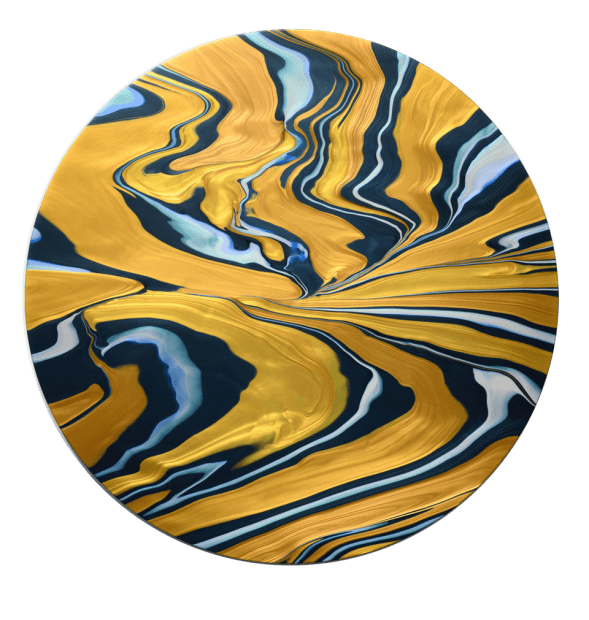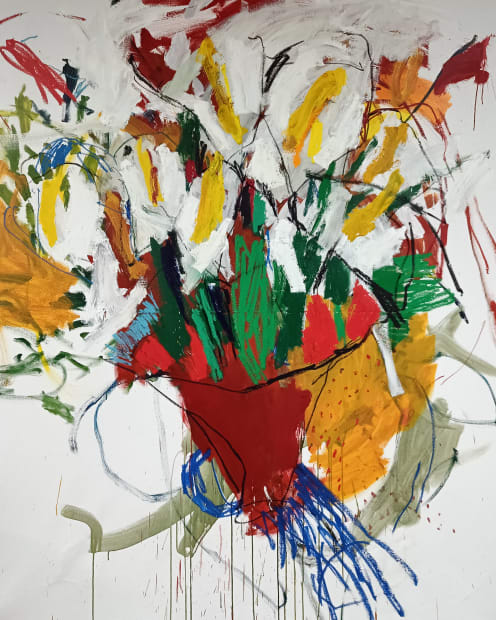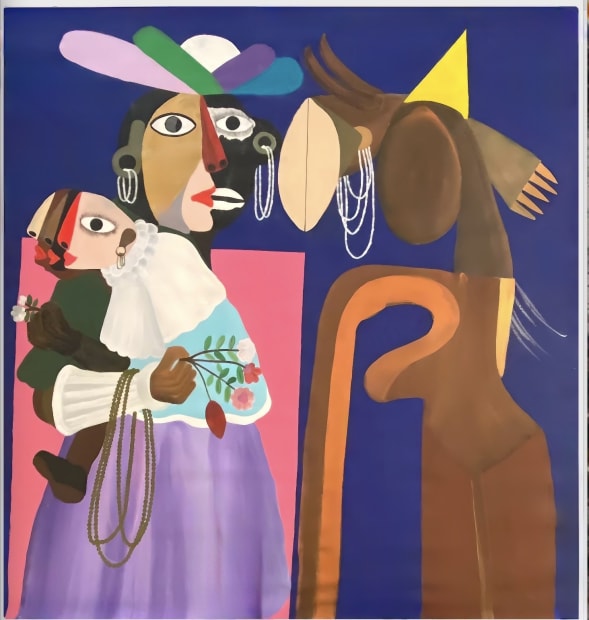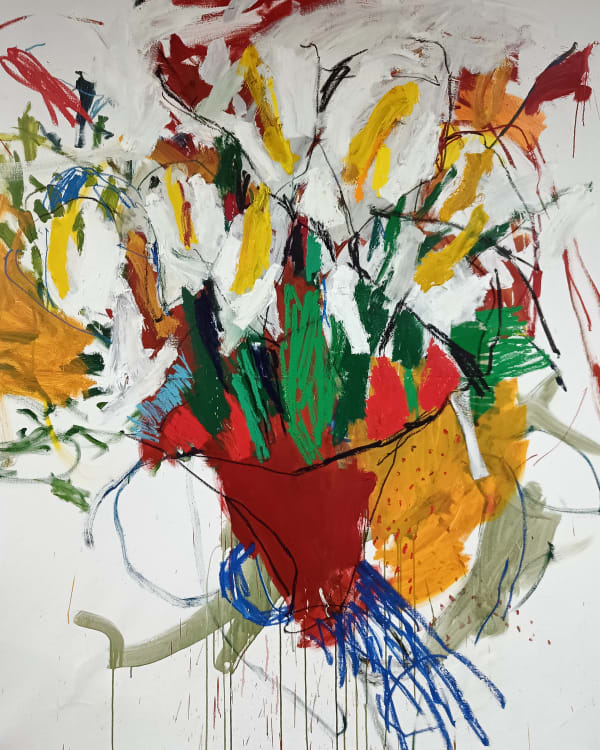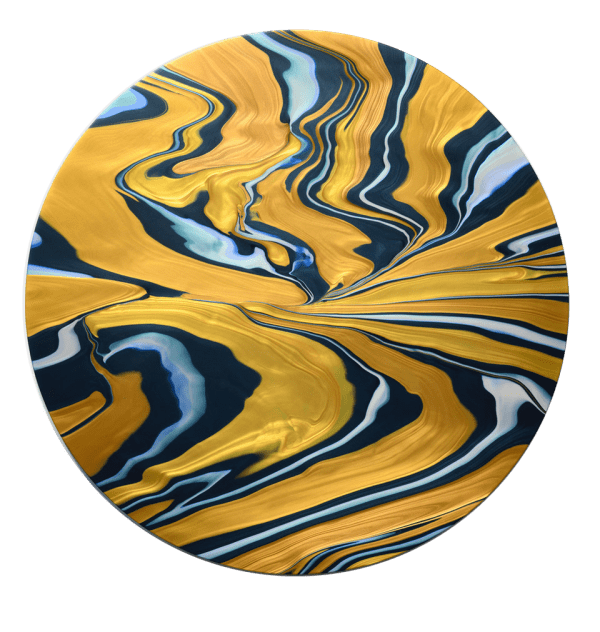-
-
JD Malat Gallery is delighted to participate in Contemporary Istanbul in September 2025. JD Malat Gallery will present a selection of work by five distinguished artists to which examines how cultural and social landscapes are being reshaped by geopolitical and technological changes. The presentation will feature works by Colombian artist Santiago Parra (b. 1986), Ghanaian artist Kojo Marfo (b.1980) , Spanish artist Luis Olaso (b. 1986), American artist Andy Moses (b. 1962), and Chinese artist Zhang Ji (b.1978) whose diverse perspectives collectively illuminate how contemporary art navigates the shifting coordinates of our global landscape.
-
 ZHANG JI, The Skin Of Truth 58, 2017, Oil on canvas , 78 3/4 x 78 3/4 in, 200 x 200 cm
ZHANG JI, The Skin Of Truth 58, 2017, Oil on canvas , 78 3/4 x 78 3/4 in, 200 x 200 cm -
 ANDY MOSES, Geodesy 1102, 2021, Acrylic on canvas over circular wood panel, Diameter: 54 in , Diameter: 137.2 cm
ANDY MOSES, Geodesy 1102, 2021, Acrylic on canvas over circular wood panel, Diameter: 54 in , Diameter: 137.2 cm -
 SANTIAGO PARRA, Untitled, 2024, Acrylic on canvas, 66 1/2 x 66 1/2 in, 169 x 169 cm
SANTIAGO PARRA, Untitled, 2024, Acrylic on canvas, 66 1/2 x 66 1/2 in, 169 x 169 cm -
 LUIS OLASO, Composition for a basquet with Diego Rivera's bouquet of Callas, 2023 Oil, acrylic, oil bar and oil pastel on canvas, 78 3/4 x 63 in, 200 x 160 cm
LUIS OLASO, Composition for a basquet with Diego Rivera's bouquet of Callas, 2023 Oil, acrylic, oil bar and oil pastel on canvas, 78 3/4 x 63 in, 200 x 160 cm -
 KOJO MARFO, Saddle and Sceptre, 2024, Acrylic on canvas , 77 1/2 x 71 1/4 in, 197 x 181 cm
KOJO MARFO, Saddle and Sceptre, 2024, Acrylic on canvas , 77 1/2 x 71 1/4 in, 197 x 181 cm -
-
 Kojo Marfo, Saddle and Sceptre, 2024 Sold
Kojo Marfo, Saddle and Sceptre, 2024 Sold -
 Kojo Marfo, Shadow of moonlight, 2025 Sold
Kojo Marfo, Shadow of moonlight, 2025 Sold -
 Luis Olaso, Study for a pot and flowers, 2023 Sold
Luis Olaso, Study for a pot and flowers, 2023 Sold -
 Luis Olaso, Study for a pot and flowers, 2023 Sold
Luis Olaso, Study for a pot and flowers, 2023 Sold -
 Luis Olaso, Composition for a basquet with Diego Rivera's bouquet of Callas, 2023 Sold
Luis Olaso, Composition for a basquet with Diego Rivera's bouquet of Callas, 2023 Sold -
 Santiago Parra, Untitled, 2024 Sold
Santiago Parra, Untitled, 2024 Sold -
 Santiago Parra, Untitled , 2024 Sold
Santiago Parra, Untitled , 2024 Sold -
 Andy Moses, Geodesy 1102, 2021 Sold
Andy Moses, Geodesy 1102, 2021 Sold -
 Zhang Ji, The Skin Of Truth 58, 2017
Zhang Ji, The Skin Of Truth 58, 2017
-
Contemporary Istanbul : Booth A114
Past viewing_room


